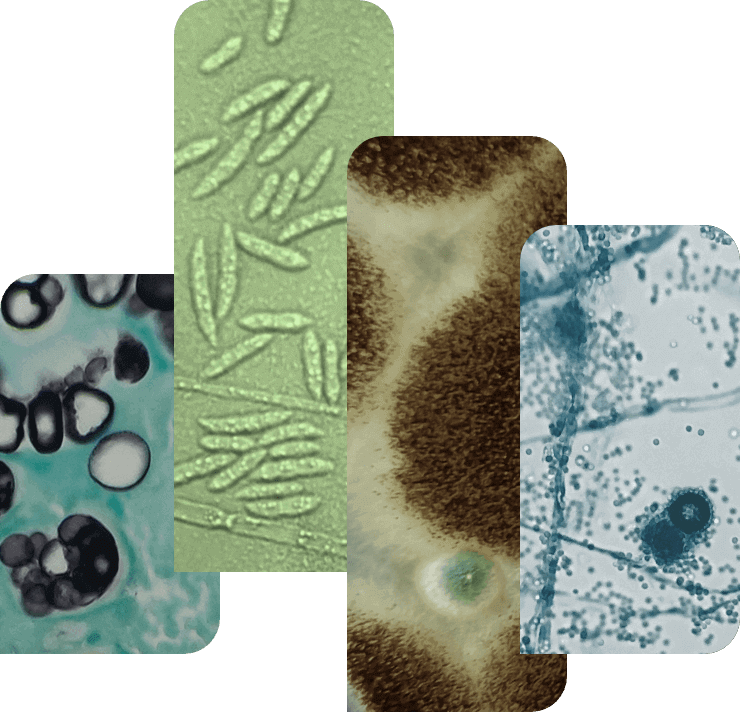Fungal landscape
Fungi on the rise
Rare and potentially severe fungal infections are on the rise—and our current therapeutic options may not be enough.1
Increases in the use of immunosuppressant agents, antifungal resistance, and climate change allow fungal pathogens to survive in unlikely conditions and build resistance against our defenses.1 As modern medicine advances, these fungi unlock more ways to access and exploit both healthy individuals and those who are immunocompromised.1

Our fungi focus
WHO Fungal Priority Pathogens List1
Aspergillus is one of the most common causes of death due to invasive fungal infections in severely immunocompromised patients, with mortality rates reaching up to 50%.2
A therapeutic battle
Immunocompromised patients are already struggling with their underlying conditions, and the addition of an invasive fungal infection can become one more formidable obstacle.
The existing classes of antifungal agents can have limitations. Some of these therapies present significant drug-drug interactions, toxicity, and side effects that some patients may find intolerable.3,4 As fungi continue to adapt to our defense mechanisms, available therapies may continue to fall short. There is a need for innovation to overcome these obstacles and help patients in their fight against invasive fungal infections.




Another way forward
For more than two decades, our team has witnessed the devastating public health threat that invasive fungal infections can pose for both healthy and immunocompromised individuals. We believed that there must be an alternative way to treat these patients—so we set out to create one.
- WHO fungal priority pathogens list to guide research, development and public health action. Geneva: World Health Organization; 2022. Licence: CC BY-NC-SA 3.0 IGO.
- Latgé JP, Chamilos G. Aspergillus fumigatus and aspergillosis in 2019. Clin Microbiol Rev. 2019;33(1):e00140-18. doi:10.1128/CMR.00140-18
- Mourad A, Perfect JR. Tolerability profile of the current antifungal armoury. J Antimicrob Chemother. 2018;73(suppl_1):i26-i32. doi:10.1093/jac/dkx446
- Hoenigl M, Sprute R, Egger M, et al. The antifungal pipeline: fosmanogepix, ibrexafungerp, olorofim, opelconazole, and rezafungin. Drugs. 2021;81(15):1703-1729. doi:10.1007/s40265-021-01611-0